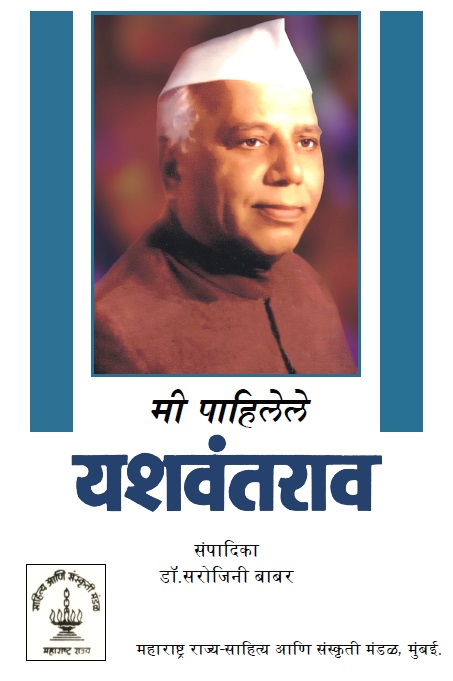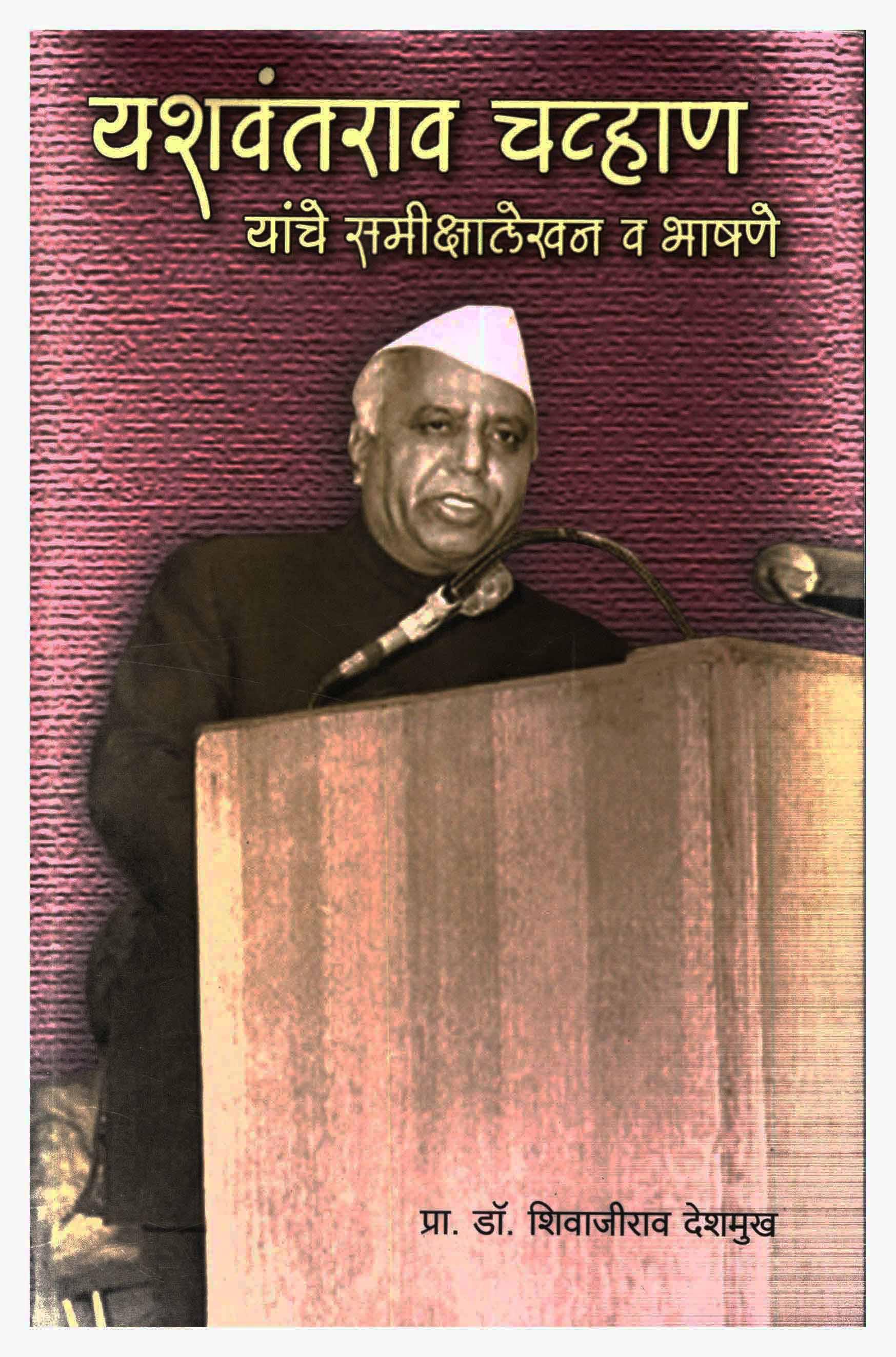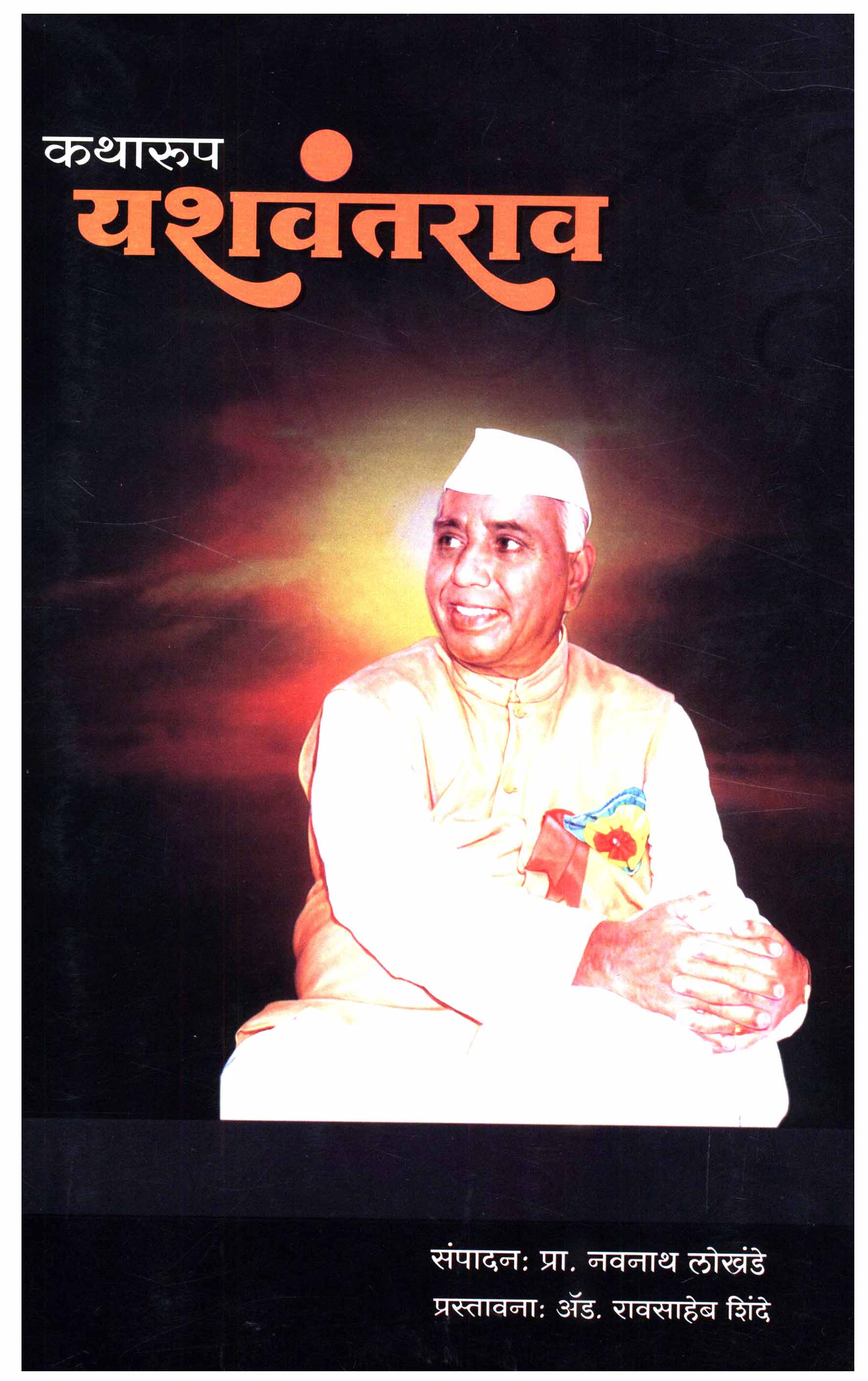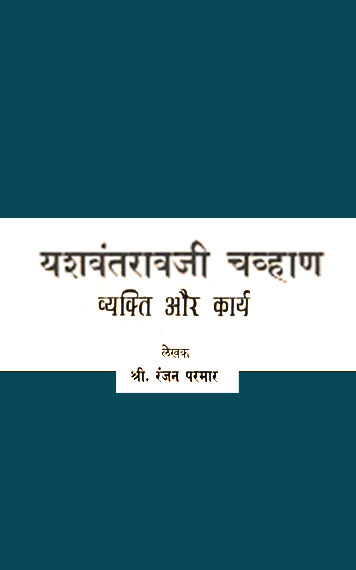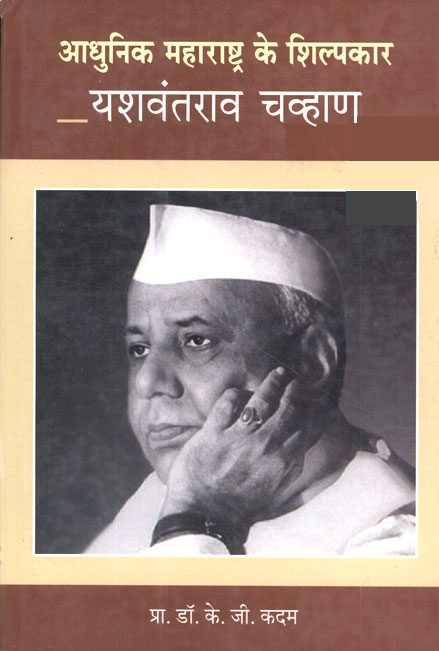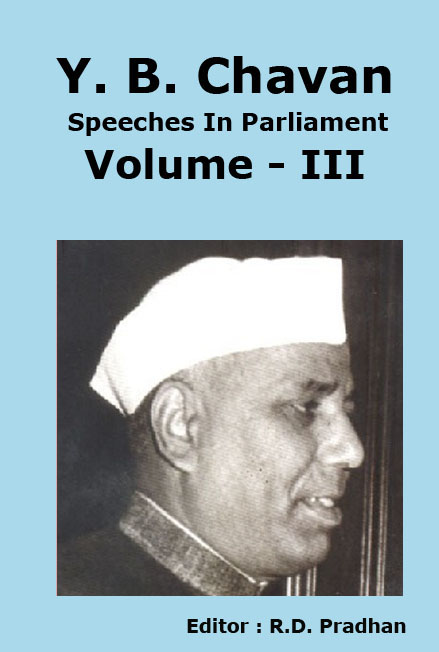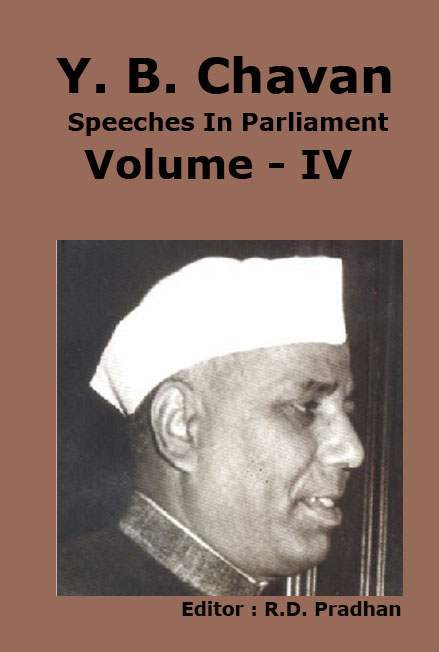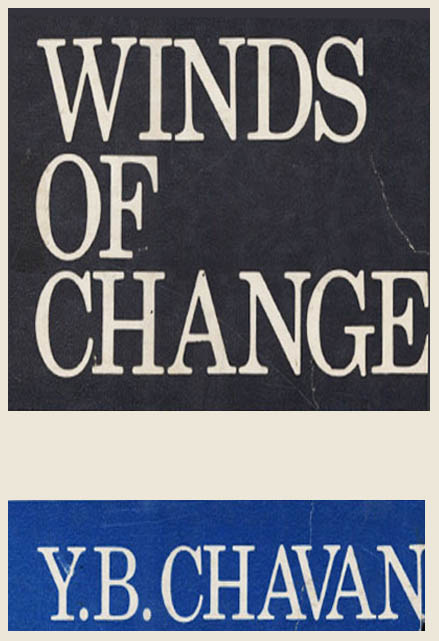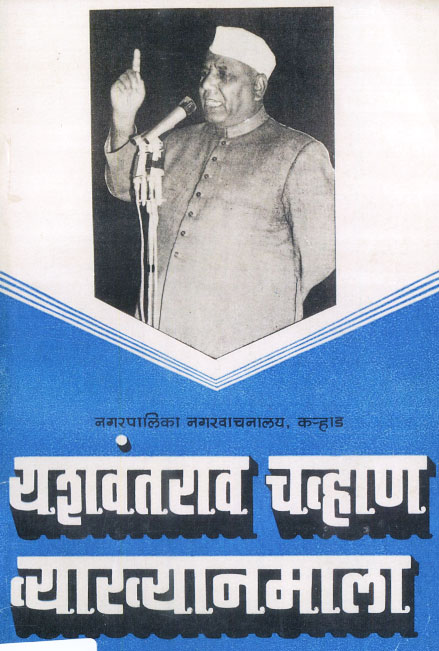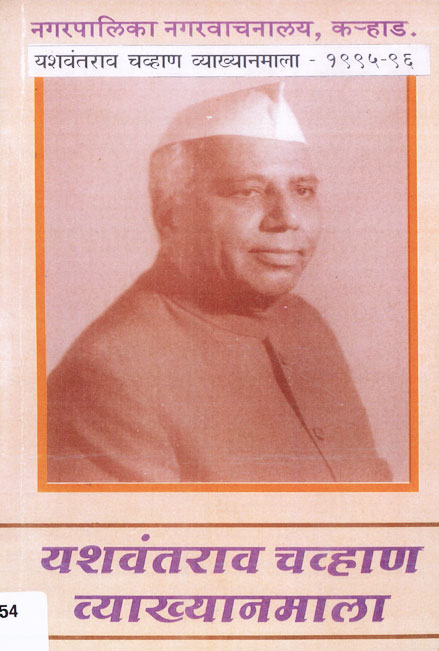Institutions and instruments have exactly the same relationship with the social order as embankments of a river with the running stream. The embankments determine the course of the stream and in turn the stream goes on changing the embankments themselves. Sometimes when embankments do not yield to the force of the stream, violent floods follow. Institutions and instruments should keep on changing with the social order. They cannot afford to take a static view. Banking institutions have started looking afresh at their social responsibilities; what is important is to ensure a proper implementation of the scheme, forming the core of the action programme assigned to banks.
During the last three years banks have introduced a number of schemes to provide funds to the hitherto neglected sectors. Lending to these sectors calls for nothing short of a small revolution in the attitude of the bankers towards such time-honoured concepts as security, safety and conventional credit-rating criteria. There is general agreement on the part of all concerned that ultimate viability and soundness of a project should be the main criteria for the decision as to whether a party should or should not be provided with funds rather than security and connections that a party may or may not be able to muster together. At the actual operational level, one is not quite sure if these new concepts having percolated to the man behind the counter. In this connection I might mention that I was quite intrigued to notice in one of your discussion papers a passage reading as follows:
"There is much that the banks can do: there is much more that they cannot do, without weakening themselves and the economy. There is already evidence that in the absence of clear guidelines as to what constitutes financiable 'social goals', banks are being urged to finance projects whose commercial viability, over-all priority and temporal suitability have not been established."
I do not know what sort of discussion a remark of this type attracted in your earlier sessions. I would only say that it would be too narrow a view to plead that the commercial viability tests for a scheme involving small investments should be the same as the elaborate D.C.F. analysis and the internal rate of return tests prescribed for an industrial project involving an outlay of hundreds of lakhs. Also, one has to make a conscious attempt to move from the commercial viability criteria to social benefits criteria, keeping of course in mind the need to ensure a minimum financial return on the project in a reasonable period of time so that a reasonable repayment schedule does materialise.






























